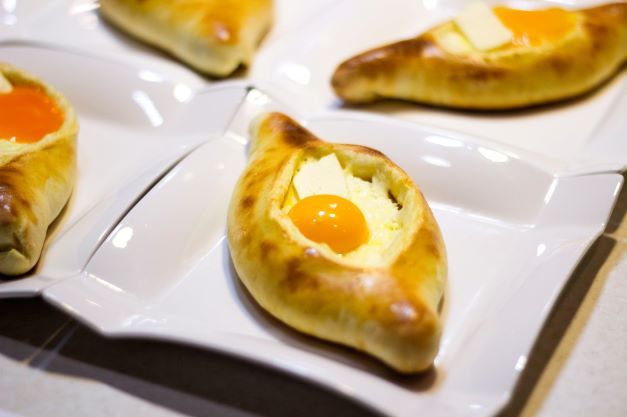Georgian recipes: khachapuri, khinkali, and shashlik
The spices of Georgia—khmeli suneli, ucho suneli, thyme, coriander, and Svaneti salt—are largely responsible for the country's unique flavor. Once the purview of exotic travels, these flavors are now easily accessible at stores.





